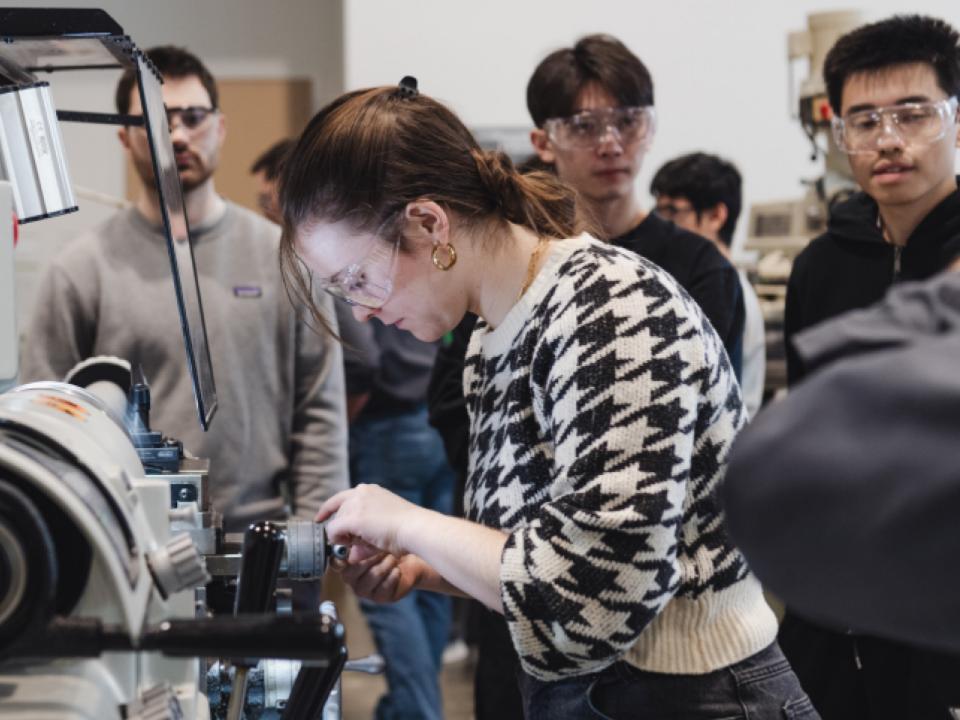Making Experiential Education Visible Through Definition A simple, three-part definition helps practitioners communicate to other stakeholders.
Main Article Content
Abstract
This article describes the circumstances, process, and decisions which led to Purdue University’s definition of experiential education. The motivation for creating the definition came from a realization that though experiential education was a common practice at the university, it was not visible to nor well understood by university decision-makers. The definition created states that “experiential education is a planned pedagogy centering on an authentic experience to strengthen students’ knowledge, skills, and abilities, paired with student reflection.” This definition was shaped by relevant scholarship documented by academic literature and professional associations and by expertise developed through local practice. It has three key components: 1) planned pedagogy (intentionality), 2) authentic experience, and 3) student reflection. Intentionality emphasizes the planned and designed nature of experiential education, differentiating it from the learning from experience that happens just from moving through the world. Authentic experience allows students to develop and/or apply knowledge, skills, and experiences in the same fashion that they are used in the world at large, such as in an industry, a workplace, or a community. Finally, reflection is the key to extracting lasting learning from experiences. This article explicates the definition in detail and discusses transferability to other contexts.
Article Details

This work is licensed under a Creative Commons Attribution 4.0 International License.

